Pigment Dispersion Syndrome - Symptoms, Causes and Treatment
07-04-2024
What is Pigment Dispersion Syndrome?
Pigment Dispersion Syndrome is a condition that occurs when pigment granules from the back of the iris rub off and float around in the eye's fluid. Over time, these pigment granules can build up in certain areas of the eye, such as the drainage angle, potentially leading to increased intraocular pressure and a higher risk of developing glaucoma. Regular monitoring and management of Pigment Dispersion Syndrome are crucial in order to prevent further complications and preserve the health of the eye.What Are The Causes Of Pigment Dispersion Syndrome?
Pigment Dispersion Syndrome occurs when pigment granules from the back surface of the iris are released into the inner eye. This can happen due to the natural aging process or from physical activities that put strain on the eye, such as heavy lifting or exercise. The release of these pigment granules can lead to blockages in the eye's drainage system, causing an increase in eye pressure and potential damage to the optic nerve.What Are The Risk Factors For Pigment Dispersion Syndrome?
Risk factors for Pigment Dispersion Syndrome include being male, younger age, nearsightedness, family history of the condition, and certain physical characteristics such as a deep-set eye or a prominent iris. Additionally, certain activities that involve intense physical exertion or eye movements, such as contact sports or weightlifting, may increase the risk of developing Pigment Dispersion Syndrome. It is important for individuals with these risk factors to be aware of the potential for developing this condition and to discuss any concerns with their eye care provider.What Are The Symptoms Of Pigment Dispersion Syndrome?
Pigment Dispersion Syndrome typically presents with symptoms such as blurred vision, especially when looking at near objects, and increased sensitivity to light. Patients may also experience eye pain or discomfort, as well as seeing halos around lights. In some cases, there may be an increase in eye pressure, which can lead to further complications if left untreated. It is important for individuals experiencing these symptoms to seek evaluation from an eye care professional to determine the underlying cause and appropriate management.How is Pigment Dispersion Syndrome Diagnosed?
Pigment Dispersion Syndrome is typically diagnosed through a comprehensive eye exam conducted by an optometrist. During the exam, the optometrist will closely examine the back of the eye to look for signs of pigment dispersion, such as pigment granules on the cornea or iris. Additionally, specialized tests such as gonioscopy may be performed to evaluate the drainage angle of the eye and assess the risk of developing complications associated with the syndrome. Early detection and diagnosis of Pigment Dispersion Syndrome are crucial in managing the condition and preventing further complications.How is Pigment Dispersion Syndrome Treated?
Treatment options for Pigment Dispersion Syndrome typically focus on managing symptoms and preventing further complications. One common method of treatment is the use of prescription eye drops to help lower intraocular pressure and reduce the risk of developing glaucoma. In some cases, laser surgery may be recommended to improve the drainage of fluid within the eye and alleviate pressure. Additionally, regular monitoring by an optometrist or ophthalmologist is essential to track the progression of the condition and make adjustments to the treatment plan as needed. It is important for individuals with Pigment Dispersion Syndrome to follow their healthcare provider's recommendations closely in order to maintain optimal eye health.Is There A Cure For Pigment Dispersion Syndrome?
There is currently no cure for Pigment Dispersion Syndrome. However, there are treatment options available to help manage the condition and alleviate symptoms. These may include medications to reduce intraocular pressure, laser therapy to improve drainage of fluid from the eye, or in severe cases, surgery to create a new drainage pathway. It is important for individuals with Pigment Dispersion Syndrome to regularly monitor their eye health and work closely with their eye care provider to develop a treatment plan that is tailored to their specific needs.How Can Pigment Dispersion Syndrome Be Prevented?
Pigment Dispersion Syndrome can be prevented by taking proactive measures to protect the eyes and maintain overall eye health. Regular eye exams are crucial in monitoring for early signs of the syndrome, allowing for early intervention if needed. Additionally, wearing protective eyewear during sports or activities that may cause eye trauma can help prevent damage to the eyes that could potentially lead to Pigment Dispersion Syndrome. Maintaining a healthy lifestyle, including a balanced diet and regular exercise, can also contribute to overall eye health and potentially reduce the risk of developing this condition. Schedule An Appointment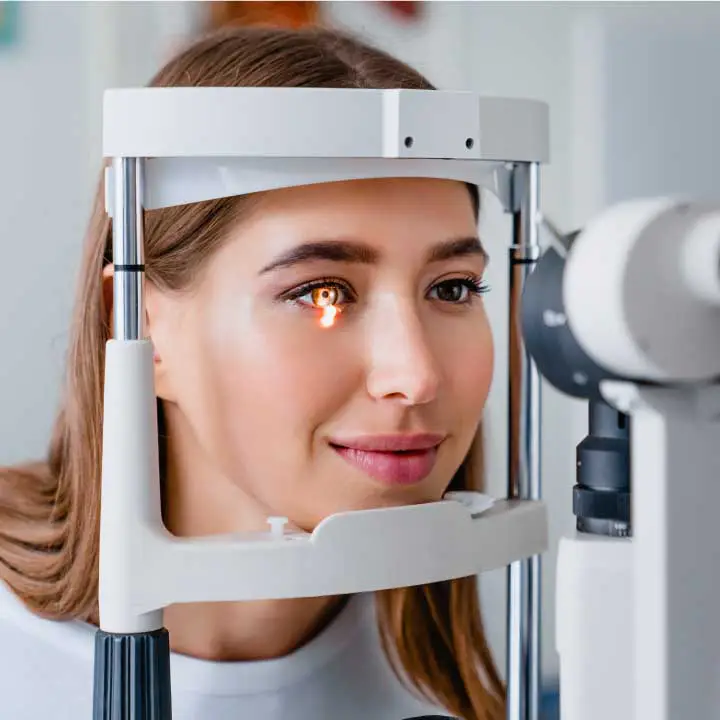
Adult Eye Exams
Our advanced eye exams consist of 25+ modern tests and digital scans to assess eye health, function, and visual acuity.

Child Eye Exams
Give your child a clear future with an annual eye exam from our experienced Edmonton optometrists.

Senior Eye Exams
Maintain your vision through your golden years with gold standard eye care from the optometrists at our Edmonton eye clinic.

Contact Lens Eye Exams
Our eye exams for contact lens wearers include test and digital scans to assess eye health, function, visual acuity, and lens fit.
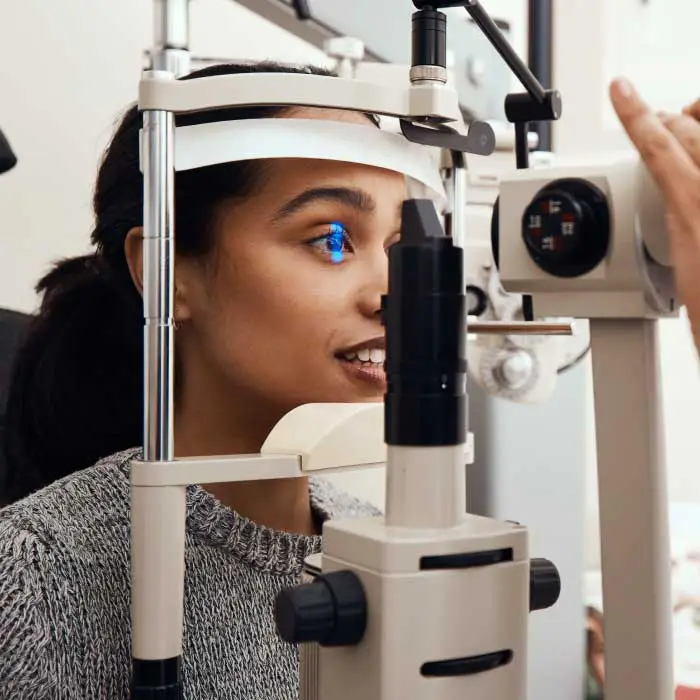
Diabetic Eye Exams
Managing diabetes requires regular eye exams to ensure that diabetes is not causing irreversible vision loss.
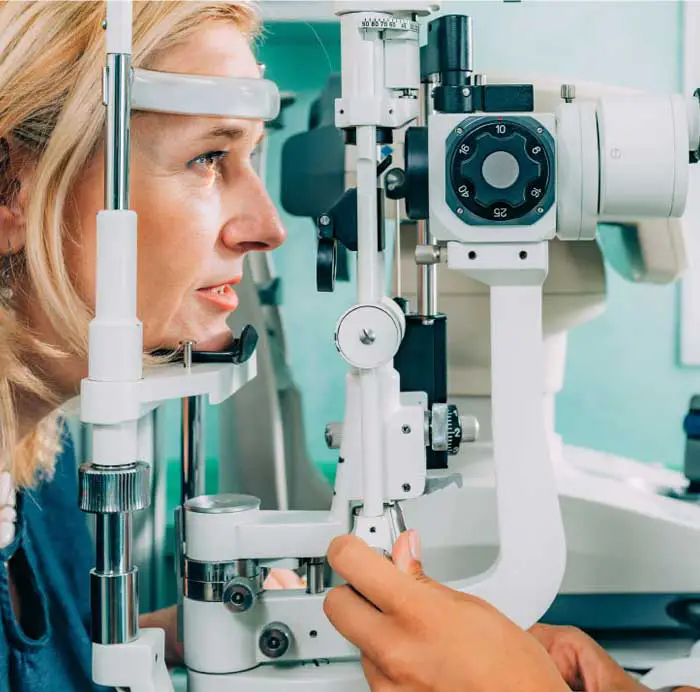
Dilated Eye Exams
Dilating the eyes enables our Edmonton optometrists to see more of the eye so that you many never see less.
Our Edmonton Eye Exams Are Comprised Of 4 Phases Of Evaluation

1. Eye Exam Pre-Testing
Corneal Thickness | Intraocular Pressures | Visual Field
Pre-testing is a detailed process that gathers all necessary information for the optometrist in advance of the optometrist-administered eye examination. This process involves completing a detailed patient history, as well as a series of standard tests. Pre-testing is an essential part of the comprehensive eye exam process, providing valuable information and visuals for both the optometrist and the patient.
More About Pre-Testing »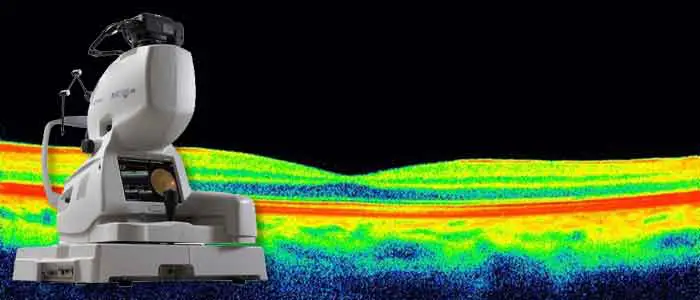
2. Advanced Diagnostic Testing
Retinal Photography, OCT, Topography
eye-deology Vision Care differentiates itself from other clinics by having the most advanced modern diagnostic specialty testing equipment. Specialty equipment, such as a wide-angle high-resolution retinal imager, Optical Coherence Tomography (OCT), Humphrey Visual Field Analyzer and corneal topographer, ensures that patients receive the best comprehensive eye care.
More About Advanced Testing »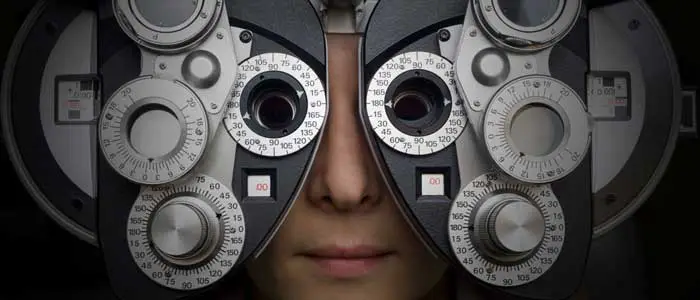
3. Optometrist Examination
Health Assessment & Disease Diagnosis
eye-deology Vision Care Edmonton optometrists perform a multitude of tests and assessments to evaluate ocular health, eye coordination, and visual acuity. In addition, they also evaluate the results of the tests and scans performed during pre-testing. As part of patient education, our optometrists also take the time to show and explain results to patients.
More About Doctor Exam »
4. Eye Glass Consult
Prescription | Lens Selection | Digital Fitting
If you require corrective lenses to improve your vision, our licensed opticians will customize their fit to your unique attributes, needs, lifestyle, and budget. Our opticians are happy to provide you with information about the latest eyeglass frame and lens technologies available so you can make informed decisions and begin seeing and looking your best.
More About Eyewear Consult »